Customized Content Marketing Solutions That Speaks Directly to Your Online Audience
Before purchasing a product or service, the well-informed modern buyer does their homework. They learn as much as they can about your brand’s offerings, and a large chunk of that research is spent reviewing your content. From website copy to email marketing to downloadable marketing assets, the content your brand provides potential customers is the fuel to your entire marketing strategy.
Communicate Directly to Your Consumers
Additional Content Services Include:
At Brandography, we provide our partners with content that showcases the unique value of their brand while also communicating relevancy to search engines like Google. Blogs, websites, emails, we can solve all of your content challenges.
- Case Studies
- Press Releases
- White Papers
- Landing Pages
- Video Content
- Photography
- Iconography
- Internal and Training Documents
- and more...
Learn How a Data-Driven Content Strategy Can Fuel Your Marketing Approach
Compelling copy engages and inspires.
Whether you’re going for informative copy, punchy language, or something in-between, we bring your content dreams come to life. Infused with high ranking keywords to get your brand seen, get ready for your marketing strategy to be stronger and reach wider.
0+
Pieces of Content Written by Brandography in Annually0%
More Leads When B2B Companies Regularly Publish New Content0%
of Email Recipients Open an Email Based on the Subject LineReady to Talk About Your Content?
Get in touch with our team today to learn how we can help you grow your business through digital marketing.














